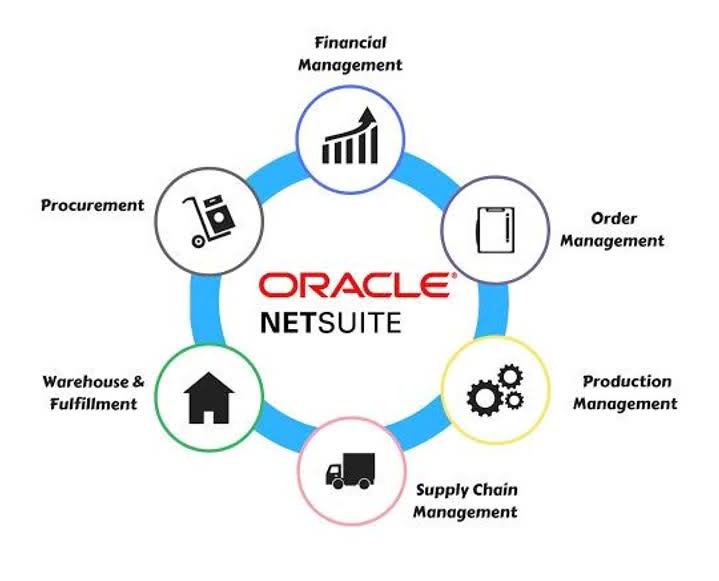Outsourced accounting: benefits, types, and getting started

It has greatly increased the accessibility and efficiency of outsourced accounting services, transforming how businesses share and store their financial data. The adoption of cloud-based solutions has enabled real-time access to financial records, improved data integration, and minimized the risks of data loss or security breaches. Recruiting, onboarding, and managing an internal finance and accounting team takes up a significant amount of time. By partnering with an outsourced accounting services firm, business owners can free up the time they would have spent utility deposits managing their accounting department to focus on running their business. Outsourcing accounting services can offer many advantages to small businesses.

Ensuring Compliance and Data Security
With outsourced accounting, your in-house team will not only be freed from the time spent overseeing financial functions. Your outsourcing provider can also help assess the best time to outsource your accounting services. With outsourced accounting services, you’ll have meticulous eyes that can process financial data while ruling out fraud simultaneously. To successfully transition to outsourced bookkeeping, a small business should first determine the specific tasks to be outsourced and set clear expectations for the outsourcing provider.
- Outsourced accounting services have become a more common and practical solution for various businesses today.
- They bring a healthy skepticism that encourages business owners to take a more intelligent, nuanced approach toward decision-making.
- Outsourcing enables organizations to adapt to the changing requirements of their finance and accounting functions.
- The first question you have to ask yourself is whether outsourcing your accounting needs realistically works for your business.
- An outsourced accounting firm provides exactly that with real-time financial dashboards, monthly reports, support with long-term financial planning, and more.
The obvious downside to outsourcing is that you cede control over the process. However, this can be mitigated significantly by choosing the right accounting partner and building a positive relationship. Directly engage with potential providers and request a meeting to discuss your needs. Compare your options and choose a provider that meets your requirements and, of course, your budget. You must also manage the relevant tax obligations for your employees and (in some cases) independent contractors.
Once you’ve established what you want to outsource, the next next step is to identify who you’re going to outsource it to. If you’d like to outsource some or all of your accounting obligations, here’s how to get started. As a leading think tank, the Thomson Reuters Institute has a proud history of igniting conversation and debate among the tax and accounting.. Ask anyone who has launched a small business and they will remember how exciting the early days were. Many of the concerns that might be swirling in your mind have been addressed.
What are the potential drawbacks of outsourcing accounting tasks?
They spend hours doing tutorials, chatting with support representatives, or double-checking their numbers. And every hour spent learning or managing accounting software is an hour not spent on generating revenue directly. If your business is growing steadily or you’re already spread thin, that may be time that you don’t have.
As the owner, you want to grow your business and focus on the vision of the company itself. This can be done for quite a low hourly rate depending on where you’re comfortable outsourcing to. If you want to keep this part of your business closer to home, check for local AR/AP services in your area.
Top trends in finance and accounting outsourcing
Your company can gain game-changing financial insights and unlock benefits including increased cash flow and higher profit margins. If that sounds like something you’d be interested in, read on to learn all about outsourced accounting. Among all these day-to-day activities, it can be difficult to find time for your accounting, even though you know how important it is to your business. Maintaining accurate, timely financial information is vital in enabling you to make better decisions for your business. But for many businesses, the process of arriving at that point of financial clarity is lined with challenges.
Accounting outsourcing has become a popular solution for businesses looking to streamline their financial operations and focus on growth. It is a process in which companies outsource their finance and accounting functions to external providers. This in turn allows businesses to make informed decisions and stay ahead in a competitive environment. This approach not only reduces costs but also provides access to specialized expertise and technology, ultimately leading to more informed decision-making and greater profitability. While outsourcing accounting tasks can offer numerous benefits, there are potential drawbacks to be aware of.
These include cost savings, access to expert knowledge, improved focus on core business activities, and reduced risk of errors. By entrusting financial tasks to specialized third-party firms, small businesses free up valuable time and resources to concentrate on their core offerings. By outsourcing accounting tasks, companies can benefit from the expertise of external partners who specialize in financial management. This can lead to more accurate budgeting and forecasting, which are crucial for making informed financial decisions. External partners can efficiently manage and track expenses, as well as analyze trends and patterns, allowing businesses to plan for the future and allocate resources effectively. There are a number of benefits that businesses can realize from partnering what is fasb with an outsourced accounting services firm.
Hiring a large zero based budgeting advantages and disadvantages accounting firm to cover the full service of all accounts can take a considerable amount from your small company’s net profits. Having a skilled eye on your finances at all times will give you peace of mind, as well as the ability to make well-informed financial decisions. Like with a controller, whether or not you’ll need a full accounting service depends on the size of your business.







